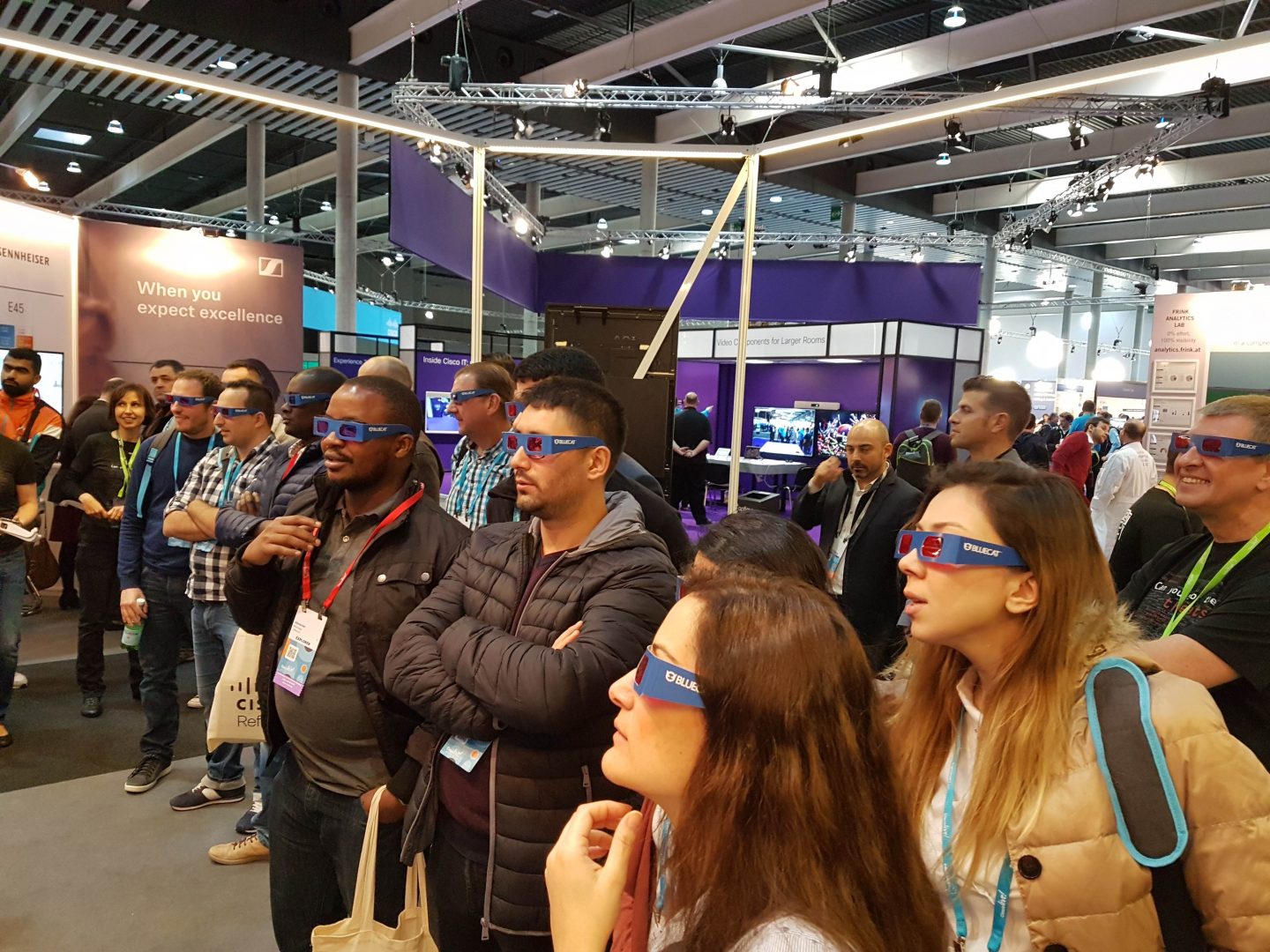What we learned at Cisco Live Barcelona
Read up on BlueCat’s key takeaways from Cisco Live Barcelona 2018, including on the importance of DNS data to keep your network optimized and secure.

From the beautiful location to the diverse group of attendees and innovative exhibitors, it’s safe to say that Cisco Live Barcelona was an event to remember.
From January 28 to February 2, we had the privilege of attending and exhibiting at Cisco Live. BlueCat was onsite engaging with thousands of eager attendees, showing them just how much both network and security teams can benefit from DNS data. From our 3D Spot the Cyber Threat contest to our on-site demos and our networking reception (featuring signature BlueCat cocktails), we hope our attendees had as much fun and learned as much as we did!
Watch the Cisco Live Barcelona highlight reel, and read more below for a few of BlueCat’s key takeaways.
The devil’s in the data
In between the snacks, swag, and demos, there were a number of exciting trends and technologies that took center stage at Cisco Live. DNS and the importance of data seemed to be getting the recognition it deserves, with a keynote speech underscoring the importance of data and unlocking the power behind it. No matter what network you’re working with, from point-of-sale systems that handle public information to internal corporate networks, learning about every transaction, financial or otherwise, is crucial. Both security and networks teams can agree that there is a huge need for this visibility, and knowing exactly what and who is on your network. You can see if an upset employee is trying to access trade secrets or if a malicious actor is trying to extract data. Insight into your data also allows for optimal performance, compliance, and security. It’s all about being able to read your data and gaining actionable insights, not only for your security posture but for your network infrastructure as well.

Security, security, security
Surprise, surprise (by which we mean this is not a surprise at all), there was a huge conversation about cybersecurity. In particular, organizations and their security teams need to be able to respond faster to cyber threats than ever before.
It’s a well-known stat that the unemployment rate in cybersecurity is 0%. Now, this means two things: 1) No cybersecurity professional will be out of a job and 2) There is a high chance cybersecurity professionals are extremely stressed and potentially overburdened. And who wouldn’t be? They have a huge responsibility resting on their shoulders. This means they need cybersecurity solutions that streamline their job and give them as much visibility as possible while reducing time to threat detection. Because if something bad happens, knowing quickly allows them to respond quickly.
BlueCat’s Chief Strategy Officer Andrew Wertkin also gave a presentation based on our eBook, Exposing the Enemy Within, and walked his audience through the many ways in which BlueCat Edge can help cybersecurity professionals leverage their DNS data. Not only does Edge analyze the intent of every query but it can also perform policy enforcement and preserve all of the source data. DNS can be used in a number of ways during a cyber attack as a facilitator, a weapon, and a hostage. Edge lets you automate threat hunting policies so you can nip cyber threats in the bud.
Teamwork makes the dream work
When it comes to network infrastructure and security, oftentimes organizations’ networks are unnecessarily complex, not only in terms of structure but in terms of the number of vendors they use. Large organizations can use anywhere between 50 to 80 different vendors. Using disparate solutions is not uncommon. In fact, it’s almost the standard. However, the advantages of having one solution to rule them all are extremely advantageous and allow you to better centralize and automate. Further, you cannot automate disparate systems. Technologies that work together help teams better control of their jobs and minimize the chance of human error.
In fact, Adaptive DNS and Cisco Live Barcelona have a lot in common, and both are serious proponents of integration and innovation. It’s about approaching your network and your organization holistically, and understanding that it takes many moving parts working together to create a well-oiled, seamless machine.




